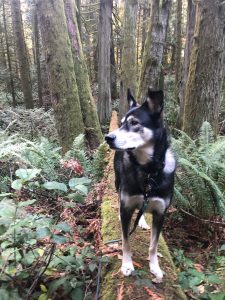
Cocoa on a mossy log at Francis King Park. November 30, 2019.
Cocoa took us for a walk this weekend to Francis King Park. It is a favourite spot of ours with towering red cedars, mossy Douglas Firs, ferns, streams, mud puddles all the fun of a rainforest to explore.
It’s so important to get out and do these things I love. Making time for it even with the busy school and life commitments. The motivation to get out comes from the feel-good part of the fresh air. That and the good company of my four-legged bud.
Motivation is such a key and something that is the most basic ingredient to teaching and learning. The motivation to learn. The motivation to teach what we teach.
And for Cocoa, what’s her motivation? According to the Dogthusiast, dogs can have a variety of motivations that can depend on breed, temperament and backgrounds.
Motivation can vary greatly and you can use it in all sorts of ways, good and bad. Your dog could be motivated by food (it’s tasty and he’s hungry), could be motivated to have fun (chase a ball), wants to get close to you because you’re fun (emotion and relationship), wants to get to safety/you (fear of something else), motivated to experience excitement (get to that park he knows is at the other end of that walk!), chase that squirrel (prey, fun, instinct, hunger!), or could be motivated to avoid pain (not get yanked on the leash, hear your yell). If you want your dog to do something, you need to work with motivation – positive forms of it.
Jen deHaan, What Motivates Your Dog? from www.dogthusiast.com
Cocoa is most definitely motivated by food, which has helped training efforts for the sing challenge, but it must be that high-calorie, extra special treat or she ain’t in to it. Dried liver, kidney, beef chews, cheese, and, though I hate to say it, the delicacy she goes crazy for is freeze dried lamb lung. That’s the good stuff.
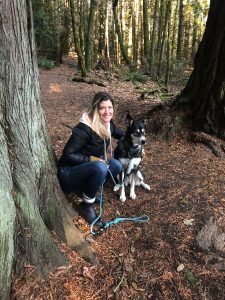
Chilling at Francis King.
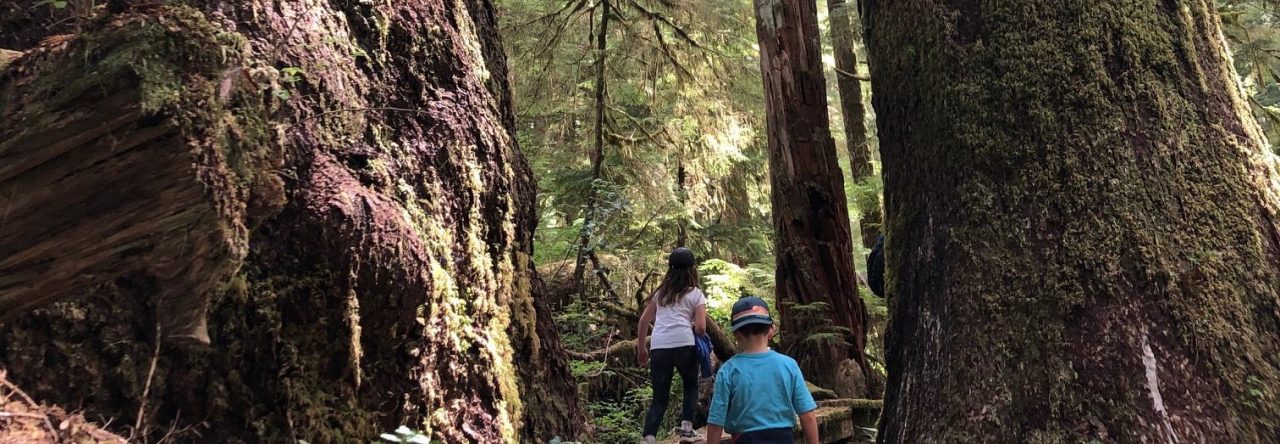
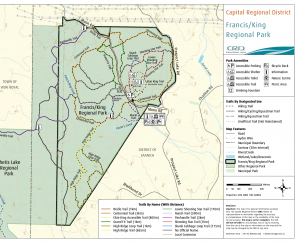
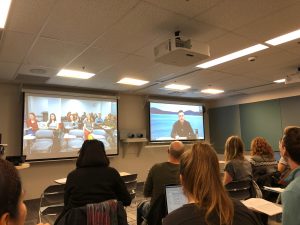 Week 11 ~ intro to distributed learning and guest speaker, Verena Roberts.
Week 11 ~ intro to distributed learning and guest speaker, Verena Roberts.
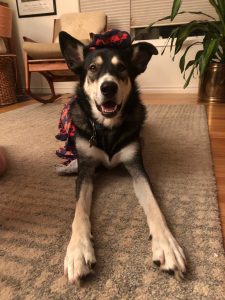

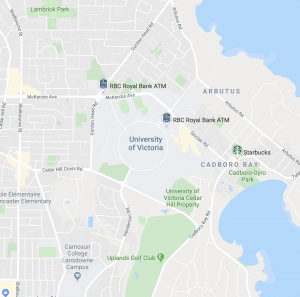
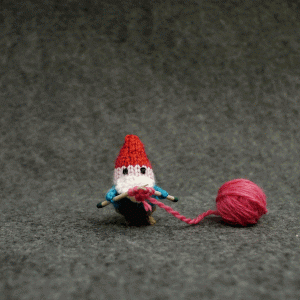
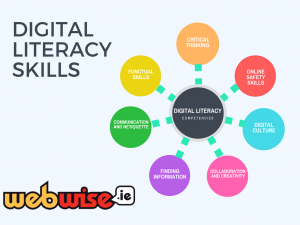


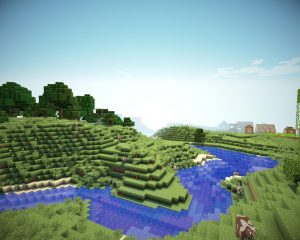 I was encouraged to learn about this game and see how it might be used in the classroom. Below are a few take-aways from Heidi and her experts.
I was encouraged to learn about this game and see how it might be used in the classroom. Below are a few take-aways from Heidi and her experts.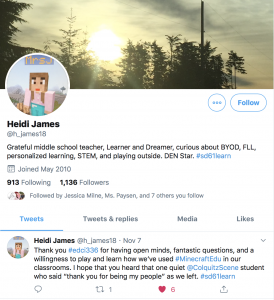
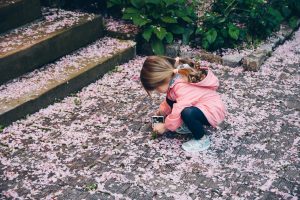
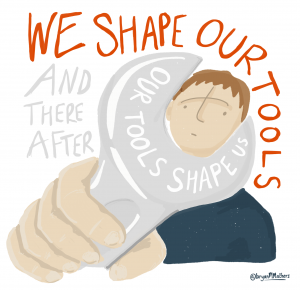
 Looking for #dogs and #dogtrainers? Here are a few social media influencers out there in the #dogsofinstagram world. Twitter and Instagram have a lot of dog people offering advice, information and shared knowledge about how to care for your dog.
Looking for #dogs and #dogtrainers? Here are a few social media influencers out there in the #dogsofinstagram world. Twitter and Instagram have a lot of dog people offering advice, information and shared knowledge about how to care for your dog.